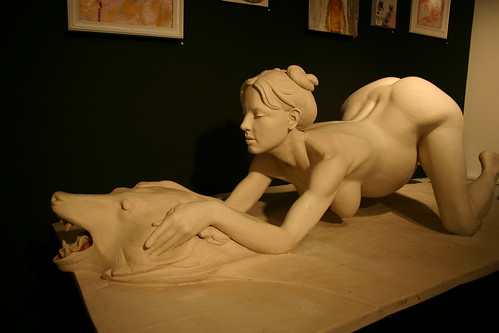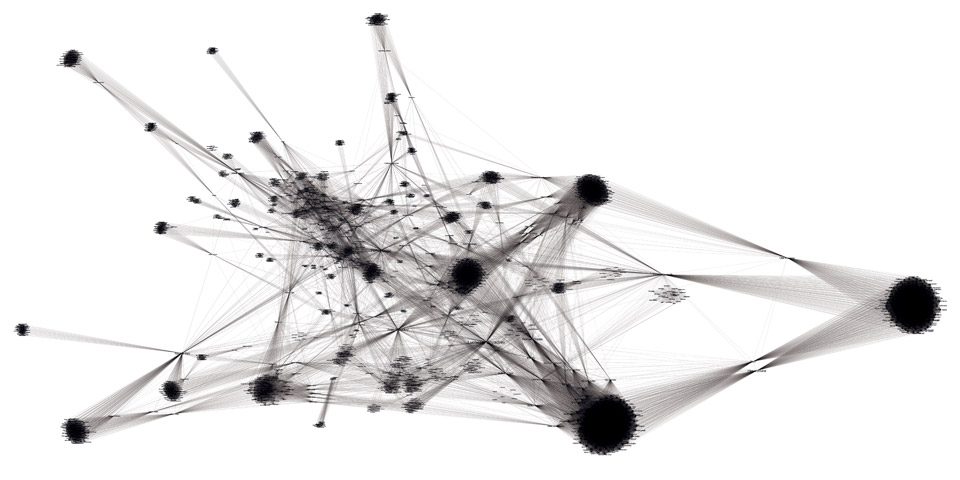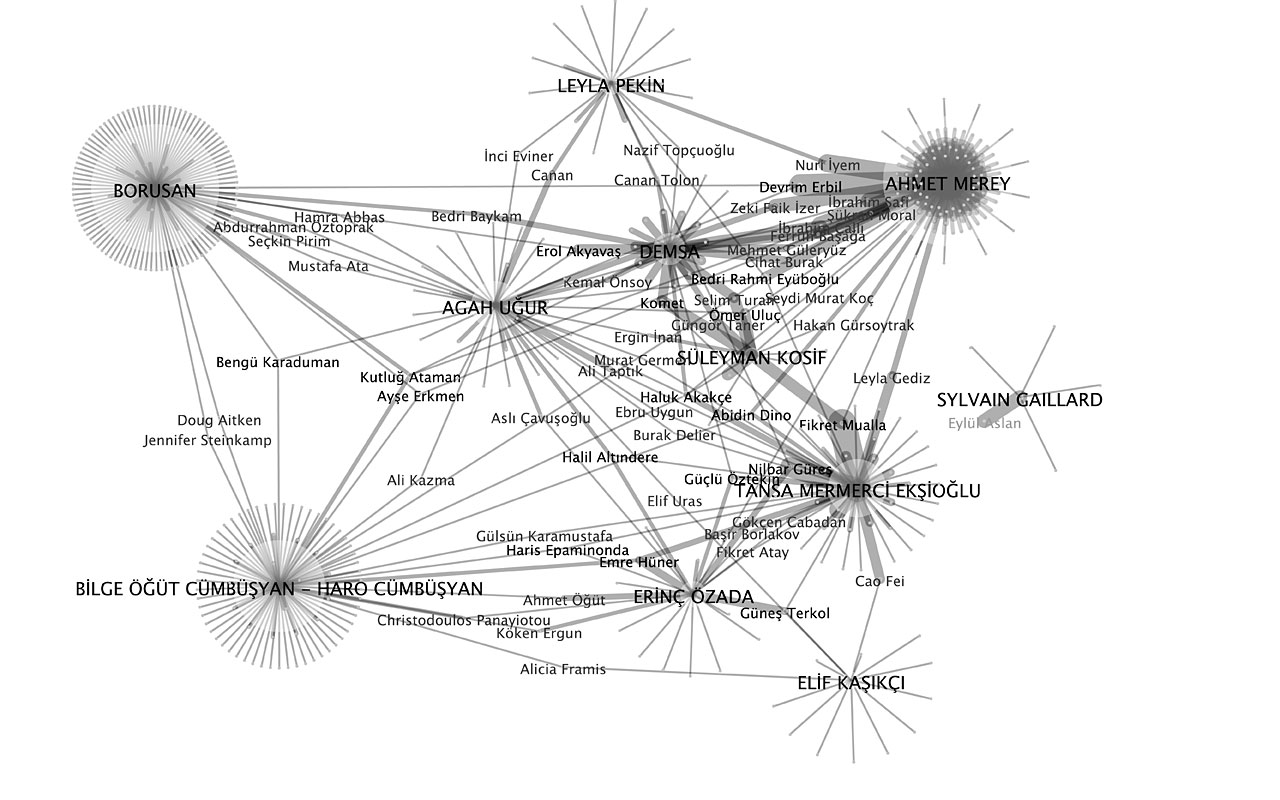 |
| Monument to Pro-Life: The Birth of Sean Preston by Daniel Edwards |
Reread the introduction of Art and Outrage written by John Walker reminds me of the anger after attending several gallery exhibitions in Berlin during my visit there.
I remember i wasn't very interested to go into any sort of gallery opening anymore, not only because they stop giving free booze (I don't think I will have to create any footnote for this) but because of the reason that after seeing so many penis in different gallery shows, I evolved a great confusion of art.
although, it is nice to know that I am not alone. John walker pointed out in his book that the combination of avant garde ideology + capitalist market in art = encouraged individualism and extremism.
We went through the age of harmonious, organic compositions to now the value of beauty was replaced by cults of the primitive and the ugly. The change shows that artists' desire to shock and startle the bourgeois class, and their work refused to provide meaning and context because it meant to be experienced as a shock! by withdraw the meaning will direct the reader's attention to question about life and feel the need to change it.
However, what happens now when this kind of works have become the norm. When avant garde became institutionalized, gallery visitor being 'trained' to prepare that being shock before they entre art galleries, maybe the shock value is no longer as significant as they were before.
It is certain to me that most of the human attention being attract to deformity, ugliness, sensational objects, which happens to be what mass media mostly interested in, which attracts the most publicity, however the combination of shocking art production and make profit out of shock lead to a recipe of disaster. Producing art that wishes to disgusted where no man has disgusted before is not artistic, but rather for startling people.
From another book 'Art and Fear', Paul Virilio was telling about how the contemporary artists live in the time which impacted by Nazi concentration camp and accepted the side-effect produces pitiless art, and how the technology development makes genetic become a culture thus artists started to abandon ethics.
I have always interested in the ethics in art, and actually that is my original idea for my master project, which now develop into a form of Frankenstein. I found it is very hard, such a challenge to present the ethical argument as Shelly did in the novel.
It is certain to me that most of the human attention being attract to deformity, ugliness, sensational objects, which happens to be what mass media mostly interested in, which attracts the most publicity, however the combination of shocking art production and make profit out of shock lead to a recipe of disaster. Producing art that wishes to disgusted where no man has disgusted before is not artistic, but rather for startling people.
From another book 'Art and Fear', Paul Virilio was telling about how the contemporary artists live in the time which impacted by Nazi concentration camp and accepted the side-effect produces pitiless art, and how the technology development makes genetic become a culture thus artists started to abandon ethics.
I have always interested in the ethics in art, and actually that is my original idea for my master project, which now develop into a form of Frankenstein. I found it is very hard, such a challenge to present the ethical argument as Shelly did in the novel.




